-
 Bitcoin
Bitcoin $117600
0.25% -
 Ethereum
Ethereum $4424
0.10% -
 XRP
XRP $3.101
0.50% -
 Tether USDt
Tether USDt $1.001
-0.01% -
 BNB
BNB $836.2
1.26% -
 Solana
Solana $188.8
2.11% -
 USDC
USDC $1.000
0.01% -
 Dogecoin
Dogecoin $0.2301
0.57% -
 TRON
TRON $0.3485
-1.00% -
 Cardano
Cardano $0.9209
-1.34% -
 Hyperliquid
Hyperliquid $46.72
-1.19% -
 Chainlink
Chainlink $22.62
4.84% -
 Stellar
Stellar $0.4275
-0.38% -
 Sui
Sui $3.761
1.91% -
 Bitcoin Cash
Bitcoin Cash $586.7
-0.25% -
 Ethena USDe
Ethena USDe $1.001
0.01% -
 Hedera
Hedera $0.2510
2.06% -
 Avalanche
Avalanche $24.21
2.22% -
 Litecoin
Litecoin $119.7
1.07% -
 Toncoin
Toncoin $3.450
1.06% -
 UNUS SED LEO
UNUS SED LEO $9.411
-0.93% -
 Shiba Inu
Shiba Inu $0.00001298
1.20% -
 Uniswap
Uniswap $10.98
3.25% -
 Polkadot
Polkadot $3.961
2.16% -
 Dai
Dai $1.000
0.00% -
 Bitget Token
Bitget Token $4.642
0.95% -
 Cronos
Cronos $0.1514
0.57% -
 Ethena
Ethena $0.7290
3.78% -
 Monero
Monero $254.1
7.69% -
 Pepe
Pepe $0.00001102
2.47%
How to backup wallet in Coinbase Wallet?
Secure your Coinbase Wallet with a written seed phrase backup; losing it means losing your crypto—no recovery is possible. Multiple backups in separate secure locations are crucial, and regularly verify their accuracy.
Mar 19, 2025 at 10:13 am
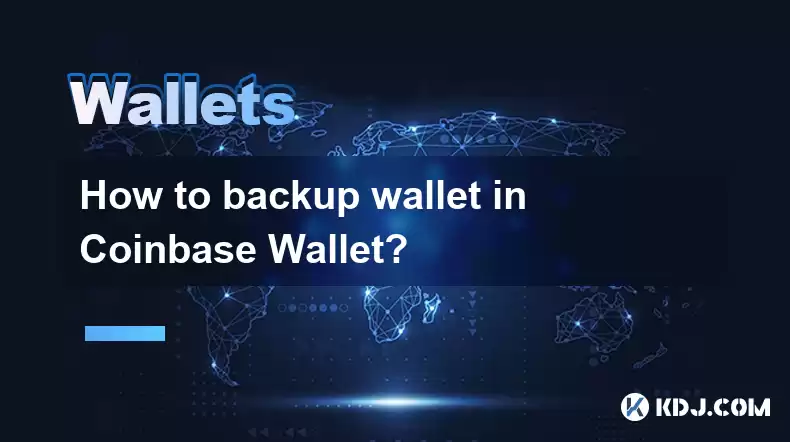
Key Points:
- Coinbase Wallet backups rely on seed phrases, not on Coinbase's servers.
- Losing your seed phrase means losing access to your funds – there's no recovery.
- Multiple backup methods exist for optimal security.
- Regularly verifying your backup is crucial.
- Security best practices should be followed rigorously to protect your seed phrase.
How to Backup Your Wallet in Coinbase Wallet?
Coinbase Wallet, unlike Coinbase's exchange service, is a self-custodial wallet. This means you, and only you, are responsible for securing your cryptocurrency. The core of this security lies in your recovery phrase, often called a seed phrase. This is a list of 12 or 24 words that acts as the key to your wallet. Without it, your cryptocurrency is irretrievably lost. Coinbase cannot recover your funds if you lose your seed phrase.
Your seed phrase is generated when you first create your Coinbase Wallet. The app will guide you through this process, prompting you to write down each word carefully. This is the single most important step in securing your assets. Treat this phrase with utmost secrecy; never share it with anyone, and never store it digitally.
Backing Up Your Seed Phrase:
The most straightforward way to back up your Coinbase Wallet is to write down your seed phrase on paper. This is the recommended method, emphasizing physical security.
- Use a durable, waterproof notebook: Avoid flimsy paper that could tear or be damaged easily.
- Write clearly and legibly: Errors in transcription can render your backup useless.
- Store it in a safe place: Consider a fireproof and waterproof safe, or a safety deposit box.
- Multiple backups are recommended: Store copies in different locations for redundancy.
Beyond writing it down, there are other methods you can consider. However, remember that these are supplementary to your physical copy, not replacements. They should never be considered the primary backup method.
- Memory device: Use a password-protected USB drive or similar device, storing the seed phrase in a secure, encrypted file. But remember physical loss or damage remains a risk.
- Metal plate etching: Companies offer services to etch your seed phrase onto metal plates. This offers enhanced durability against fire and water damage. However, it's still vulnerable to theft.
Remember that no matter the method, the goal is to keep your seed phrase safe and inaccessible to others.
Verifying Your Backup:
After creating your backup, it's crucial to verify its accuracy. This involves using your backup to restore your wallet on a new device. While inconvenient, this process guarantees your backup is functional. Consider doing this periodically, especially if you've moved or changed your storage method.
Security Best Practices:
- Never share your seed phrase: This is the most critical rule. Anyone with access to your seed phrase has complete control over your funds.
- Keep your seed phrase offline: Never store it on any computer, phone, or cloud service.
- Regularly review your backup: Check for any damage or deterioration of your physical copy.
- Use strong passwords: If using a digital backup method, ensure your passwords are complex and unique.
- Be wary of phishing scams: Coinbase will never ask for your seed phrase.
Common Questions:
Q: What happens if I lose my seed phrase?
A: If you lose your seed phrase, you lose access to the cryptocurrency in your Coinbase Wallet. There's no recovery process offered by Coinbase or any other service.
Q: Can I backup my Coinbase Wallet to my Coinbase account?
A: No. Coinbase Wallet is a separate entity from the Coinbase exchange. Your wallet's data is not stored on Coinbase's servers. The backup is solely dependent on your seed phrase.
Q: Is it safe to take a picture of my seed phrase?
A: No, taking a picture of your seed phrase is highly discouraged. Images are easily lost, stolen, or hacked, making this a very insecure method.
Q: How often should I verify my seed phrase backup?
A: While there's no strict timeframe, it's advisable to verify your backup at least once a year, or whenever you change your storage method.
Q: What if my written seed phrase gets damaged?
A: If your written seed phrase gets damaged beyond repair, you will lose access to your funds. This highlights the importance of multiple backups in different secure locations.
Q: Can I use a password manager to store my seed phrase?
A: No, password managers are not suitable for storing seed phrases. While they offer security for regular passwords, they are not designed to handle the unique security requirements of cryptocurrency seed phrases. The risk of compromise is too high.
Q: Are there any fees associated with backing up my Coinbase Wallet?
A: No, backing up your Coinbase Wallet is a free process. The only cost might be associated with additional storage methods like metal plates or specialized safety deposit boxes.
Q: Is Coinbase responsible if I lose access to my funds due to a lost seed phrase?
A: No, Coinbase is not responsible for lost funds due to a lost or compromised seed phrase. As a self-custodial wallet, you are solely responsible for the security of your cryptocurrency.
Disclaimer:info@kdj.com
The information provided is not trading advice. kdj.com does not assume any responsibility for any investments made based on the information provided in this article. Cryptocurrencies are highly volatile and it is highly recommended that you invest with caution after thorough research!
If you believe that the content used on this website infringes your copyright, please contact us immediately (info@kdj.com) and we will delete it promptly.
- Kazakhstan's Crypto Leap: Bitcoin ETF and Central Asia's Digital Finance Future
- 2025-08-13 12:45:19
- BlockDAG Presale Blazes Past $371M: Fundraising Frenzy Fuels Crypto Sensation
- 2025-08-13 13:05:21
- Meme Coins: Chasing the 2025 Surge – Which Will Moonshot?
- 2025-08-13 10:25:23
- Bitcoin's Wild Ride: Rally, Pullback, and What's Next
- 2025-08-13 10:25:23
- Bitcoin, Bitmax, and Institutional Demand: A New Era of Crypto Investment
- 2025-08-13 10:45:12
- Solana, ROAM, and Airdrops: What's the Buzz in 2025?
- 2025-08-13 11:35:13
Related knowledge
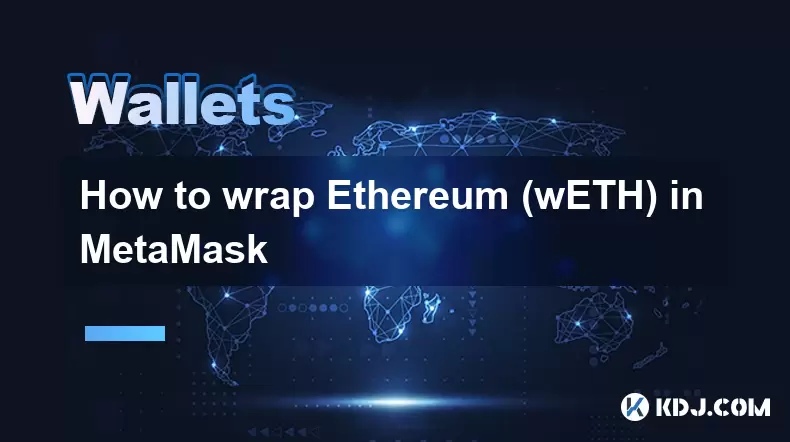
How to wrap Ethereum (wETH) in MetaMask
Aug 13,2025 at 11:36am
Understanding Wrapped Ethereum (wETH)Wrapped Ethereum (wETH) is a tokenized version of native Ethereum (ETH) that conforms to the ERC-20 standard, ena...

How to manage your portfolio in Exodus wallet
Aug 08,2025 at 10:07pm
Understanding the Exodus Wallet InterfaceThe Exodus wallet is a non-custodial cryptocurrency wallet that supports a wide range of digital assets. When...
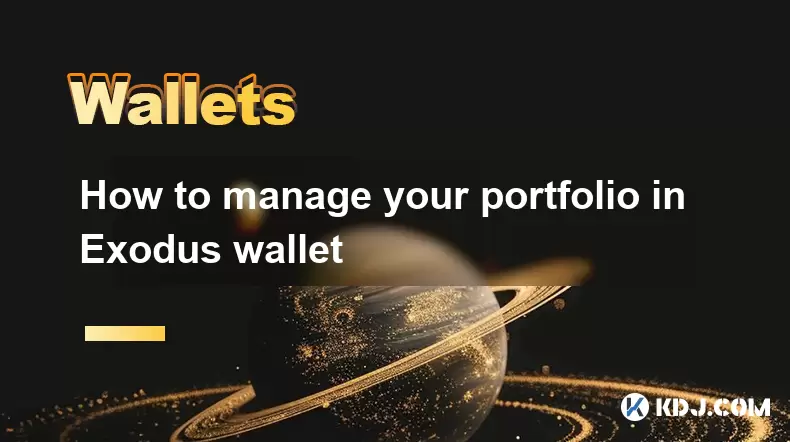
How to manage your portfolio in Exodus wallet
Aug 13,2025 at 11:35am
Understanding the Exodus Wallet InterfaceThe Exodus wallet is a non-custodial cryptocurrency wallet that supports a wide range of digital assets. Upon...

How to reset your MetaMask password
Aug 08,2025 at 01:28pm
Understanding the MetaMask Password Reset ProcessMany users confuse the MetaMask password with the seed phrase or private key, but they serve differen...
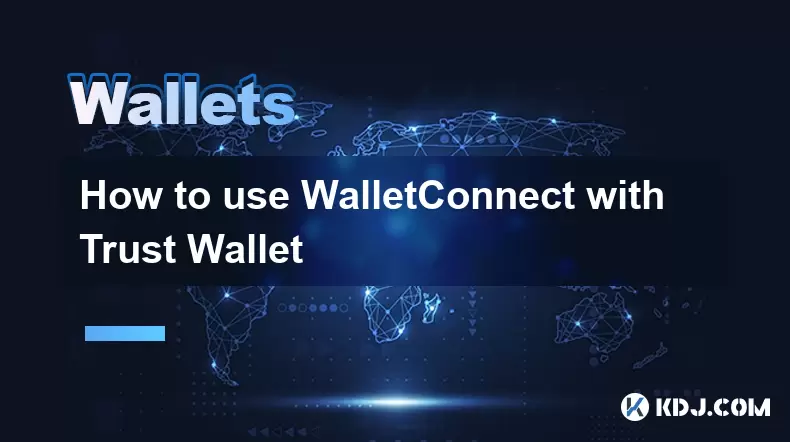
How to use WalletConnect with Trust Wallet
Aug 13,2025 at 01:07am
What Is WalletConnect and Why It Matters for Trust Wallet UsersWalletConnect is an open-source protocol that enables secure communication between dece...
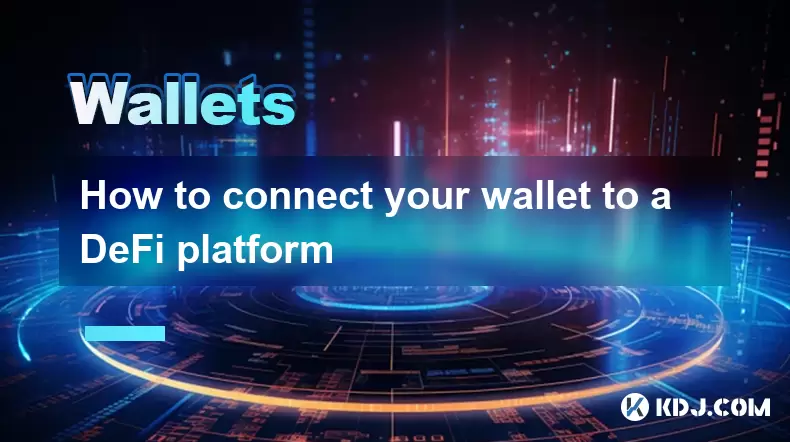
How to connect your wallet to a DeFi platform
Aug 13,2025 at 11:36am
Understanding Wallet Compatibility with DeFi PlatformsBefore connecting your wallet to any DeFi platform, it's essential to ensure your wallet is comp...

How to wrap Ethereum (wETH) in MetaMask
Aug 13,2025 at 11:36am
Understanding Wrapped Ethereum (wETH)Wrapped Ethereum (wETH) is a tokenized version of native Ethereum (ETH) that conforms to the ERC-20 standard, ena...

How to manage your portfolio in Exodus wallet
Aug 08,2025 at 10:07pm
Understanding the Exodus Wallet InterfaceThe Exodus wallet is a non-custodial cryptocurrency wallet that supports a wide range of digital assets. When...

How to manage your portfolio in Exodus wallet
Aug 13,2025 at 11:35am
Understanding the Exodus Wallet InterfaceThe Exodus wallet is a non-custodial cryptocurrency wallet that supports a wide range of digital assets. Upon...

How to reset your MetaMask password
Aug 08,2025 at 01:28pm
Understanding the MetaMask Password Reset ProcessMany users confuse the MetaMask password with the seed phrase or private key, but they serve differen...

How to use WalletConnect with Trust Wallet
Aug 13,2025 at 01:07am
What Is WalletConnect and Why It Matters for Trust Wallet UsersWalletConnect is an open-source protocol that enables secure communication between dece...

How to connect your wallet to a DeFi platform
Aug 13,2025 at 11:36am
Understanding Wallet Compatibility with DeFi PlatformsBefore connecting your wallet to any DeFi platform, it's essential to ensure your wallet is comp...
See all articles

























































































